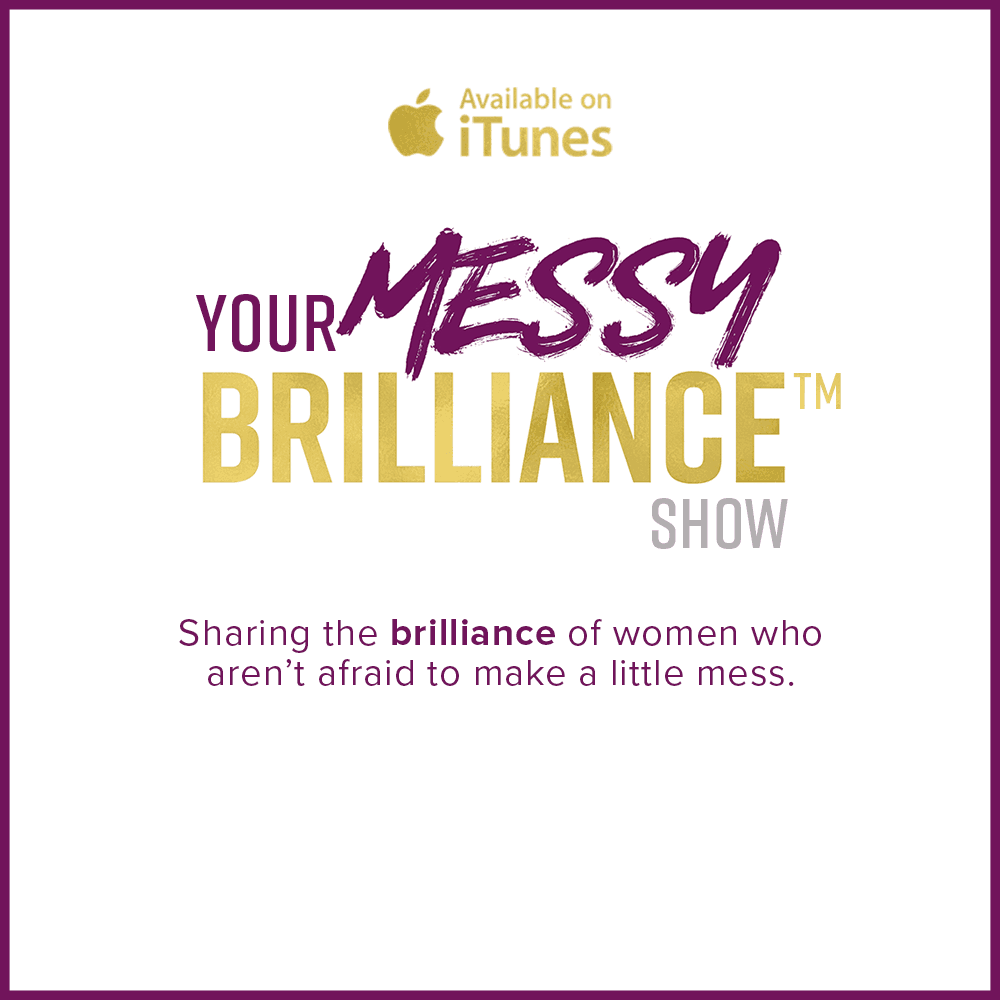
The Rhythm of Recovery
When I am on my yoga mat, I tend to forget I have an eating disorder. The first inhale of class, that deep breath in, fills me. I sense my back expand as I move my breath wide. With my eyes closed and face soft, I send the air out with a purposeful exhale. Each round of breath draws me more inward. The rhythm at once soothes and awakens me. I am still and moving at the same time.
On my mat, I am me, just me. That other part, the illness, is quiet. My breath is too powerful, too full and focused. My inhales nourish, my exhales renew. I ride this rhythm in and out of poses, my body free and flowing.
It’s no wonder that stepping on my yoga mat feels like coming home every time. In a way, that’s exactly what happens. The potent combination of breath and movement is like a centrifuge that separates out my light from dark. My mat reflects my light, and my flowing practice embodies brightness. I am reminded that there is so much more to me than my eating disorder, so many dynamic dimensions, textures, colors, and shapes.
I was diagnosed with anorexia when I was 18. Only after years of therapy and intense self-reflection have I come to understand that my illness is a silent temper tantrum, a quiet way to express unhappiness, sadness, anger, hurt, pain, and disappointment. Recovery is the process of learning how to use my voice instead of my body to express feelings and emotions. When I feel lost to myself, anorexia threatens to eat me alive. My recovery journey, therefore, has been about learning how to stay connected with myself and cultivate resilience.
In my 22 years of navigating the highs and lows of recovery, yoga has been an essential and constant tool that has facilitated a great deal of my healing and empowerment. Yoga teaches me how to connect from the inside out. I rest my mind on my breath as I embody the characteristics that are essential to my ability to sustain a well-supported recovery.
I sense my strength and confidence in warrior poses, courage in wheel pose, grace in dancer’s pose, openness in triangle pose, peace in hero’s pose, and support in child’s pose. I fold and surrender, reach and grow, twist and energize. This is the yoga of my eating disorder recovery.
Yoga philosophy teaches that we experience suffering when our beliefs and patterns do not match reality. It’s true that my eating disorder beliefs are not congruent with reality. My life’s work, therefore, is untangling those 22-year-old beliefs, and slowly but surely, I am. The fact that I can so fully access other ways of thinking, feeling, and expression during yoga practice is proof that my recovery is a balance of light and dark. Lately, I am coming around to embrace both parts. Rather than struggling to banish my dark side, I am learning to respect its wisdom, to allow it to show up on my mat and reveal hard truths that I have buried.
My recovery is not perfect, and yoga is not a cure. Ironically, it’s exactly because there is no such thing as a perfect recovery or cure for an eating disorder that I can come to my mat over and over again and experience nuances in my healing. I can develop my voice and dedicate my life to empowering others to trust in their own natural balance of light and dark. Yoga has taught me that, yes indeed, I am so much more than my eating disorder, but it has also shown me all that I am because of it. That’s a gift I am holding close and tight, both on and off my mat.











0 comments to "The Rhythm of Recovery"